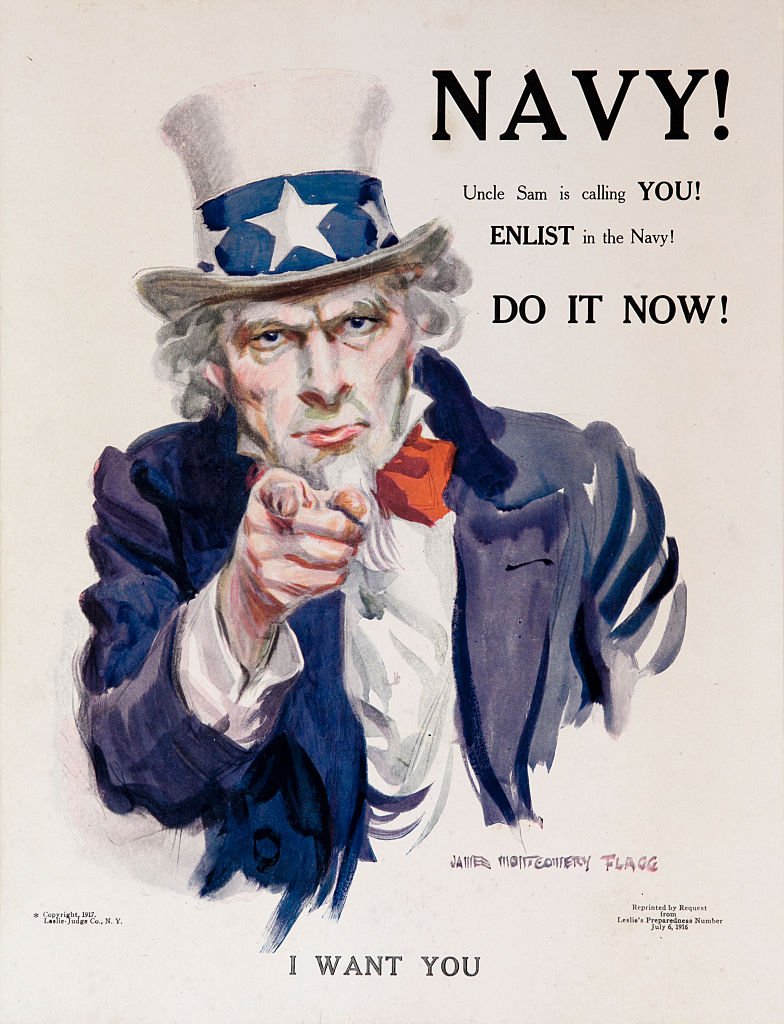
Whereas Silicon Valley executives like these from Palantir, Meta, and OpenAI are grabbing headlines for buying and selling their Brunello Cucinelli vests for Army Reserve uniforms, a quieter transformation has been underway within the U.S. Navy.
How? Nicely, the Navy’s Chief Know-how Officer Justin Fanelli says he has spent the final two and a half years slicing via the pink tape and shrinking the protracted procurement cycles that after made working with the army a nightmare for startups. The efforts signify a much less seen however doubtlessly extra significant remaking that goals to see the federal government transfer sooner and be smarter about the place it’s committing {dollars}.
“We’re extra open for enterprise and partnerships than we’ve ever been earlier than,” Fanelli informed TechCrunch in a current Zoom interview. “We’re humble and listening greater than earlier than, and we acknowledge that if a company exhibits us how we will do enterprise otherwise, we wish that to be a partnership.”
Proper now, many of those partnerships are being facilitated via what Fanelli calls the Navy’s innovation adoption package, a sequence of frameworks and instruments that goal to bridge the so-called Valley of Loss of life, the place promising tech dies on its path from prototype to manufacturing. “Your granddaddy’s authorities had a spaghetti chart for find out how to get in,” Fanelli mentioned. “Now it’s a funnel, and we’re saying, for those who can present that you’ve outsized outcomes, then we wish to designate you as an enterprise service.”
In a single current case, the Navy went from a Request for Proposal (RFP) to pilot deployment in beneath six months with Through, an eight-year-old, Somerville, Mass.-based cybersecurity startup that helps massive organizations shield delicate information and digital identities via, partly, decentralization, which means the info isn’t saved in a single central spot that may be hacked. (One other of Through’s shoppers is the U.S. Air Pressure.)
The Navy’s new strategy operates on what Fanelli calls a “horizon” mannequin, borrowed and tailored from McKinsey’s innovation framework. Firms transfer via three phases: analysis, structured piloting, and scaling to enterprise providers. The important thing distinction from conventional authorities contracting, Fanelli says, is that the Navy now leads with issues slightly than predetermined options.
“As an alternative of specifying, ‘Hey, we’d like this downside solved in a manner that we’ve all the time had it,’ we simply say, ‘We now have an issue, who needs to resolve this, and the way will you resolve it?’” Fanelli mentioned.
Fanelli’s drive to overtake Navy tech is private. Initially a scholarship cadet within the Air Pressure learning electrical engineering, he was disqualified from army service as a consequence of a lung problem. Decided to serve anyway, he selected the Navy over personal sector affords greater than 20 years in the past as a result of he “needed to be round individuals in uniform.” Since then, his profession has spanned roles throughout protection, intelligence, DARPA, and open supply initiatives, earlier than returning to the Division of the Navy.
The change he’s overseeing is opening doorways to firms that beforehand by no means thought-about authorities work and should have thought it a waste of time to strive. Fanelli factors, for instance, to 1 competitors run via the Protection Innovation Unit (DIU), whereby the Navy anticipated a handful of bidders for a distinct segment cybersecurity problem however obtained almost 100 responses – many from firms that had by no means labored with the DoD earlier than however have been already fixing comparable issues within the personal sector.
Fanelli says his crew has documented dozens of success tales altogether, together with a venture-backed startup that used robotic course of automation to zip via a two-year bill backlog in simply a few weeks. One other instance concerned rolling out community enhancements to an plane service that saved 5,000 sailor hours within the first month alone.
“That not simply modified their availability, nevertheless it modified their morale, esprit de corps, how a lot time they might spend doing different duties,” Fanelli famous, explaining that point saved is certainly one of 5 metrics that the Navy makes use of to measure the success of a pilot program. The opposite 4 are operational resilience, price per person, adaptability, and person expertise.
As for what the Navy is searching for proper now, Fanelli outlined a number of high-priority areas, together with AI, the place the service is actively speaking with groups. The Navy apparently needs to speed up AI adoption past fundamental generative AI use instances into extra agentic functions for every thing from onboarding and personnel administration to information processing on ships. He additionally cited “various” GPS, explaining that the Navy is shortly adopting various precision navigation and timing software program, notably for integration with unmanned methods. And he talked about “legacy system modernization,” saying that a number of the getting old expertise that the Navy is trying to replace contains air visitors management infrastructure and ship-based methods.
So how a lot cash is it trying to put to work annually? Fanelli mentioned he wasn’t at liberty to supply particular price range breakdowns, however he mentioned the Navy at present allocates single-digit percentages to rising and business expertise versus conventional protection contractors — a stability that he expects to evolve considerably as AI continues to advance.
As for the commonest motive that promising applied sciences fail when trialed, he mentioned it isn’t essentially due to technical shortcomings. As an alternative, he mentioned, the Navy operates on lengthy price range cycles, and if a brand new answer doesn’t change or “flip off” an current system, funding turns into problematic.
“If we’re getting profit and we’re measuring that profit, however there’s no cash [getting to the startup] in a 12 months and a half — that’s a extremely unhealthy story for his or her buyers and our customers,” Fanelli defined. “Generally it’s a zero sum sport. Generally it’s not. And if we’re going to flip the public-private sector to extra personal and experience that wave, we do have quite a lot of technical debt that we have to lower anchor on.”
Earlier than ending our name, we requested Fanelli if the Trump administration’s “America first” insurance policies are impacting these processes in any manner. Fanelli answered that the present give attention to home manufacturing aligns nicely with the Navy’s “resilience” objectives. (Right here, he pointed to ongoing initiatives like digital twins, additive manufacturing, and on-site manufacturing capabilities that may cut back provide chain dependencies.)
Both manner, the Navy’s message for entrepreneurs and buyers could be very clearly that it’s a real various to conventional business markets, and it’s a pitch that seems to be gaining traction in Silicon Valley, the place there’s rising receptiveness to partnering with the U.S. authorities.
Stated Meta CTO Andrew Bosworth at a recent Bloomberg event in San Francisco: “There’s a a lot stronger patriotic underpinning than I feel individuals give Silicon Valley credit score for.”
It’s a marked change from the extra skeptical stance that characterised a lot of the Valley in earlier years, as longtime trade observers can attest. Now, Fanelli — who has been making the rounds, taking with enterprise media retailers and podcast interviewers — hopes to draw extra of that curiosity to the Navy particularly. He informed TechCrunch, “I’d invite anybody who needs to serve the larger mission from an answer perspective to lean in and to hitch us on this journey.”
For those who’re serious about listening to our full dialog with Fanelli, you possibly can test it out right here.
Trending Merchandise










![Rustic Grey Mason Jar Sconces for Home Decor, Decorative Chic Hanging Wall Decor Mason Jars with LED Strip Lights, 6-Hour Timer, Silk Hydrangea, & Iron Hooks for Home & Kitchen Decorations [Set of 2]](https://m.media-amazon.com/images/I/41DPf4UgGOL._SS300_.jpg)
